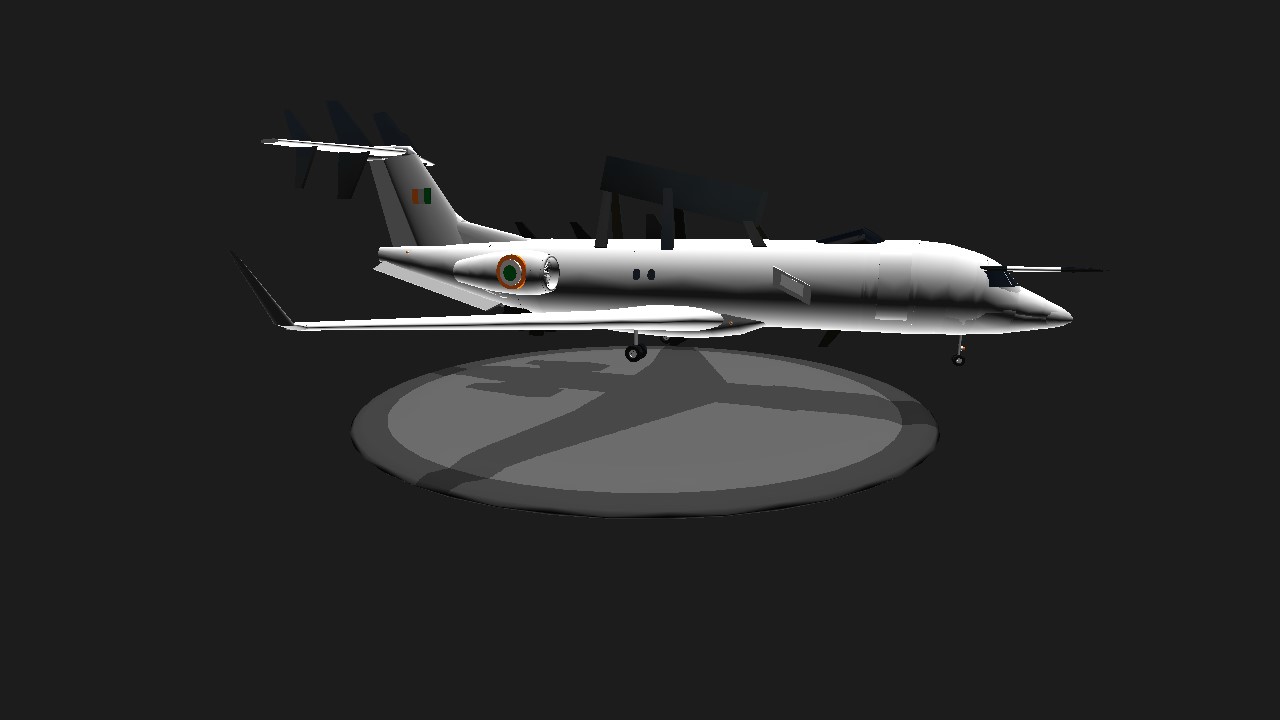The link to the original image is in the comment section
The DRDO Airborne Early Warning and Control System (AEW&CS) is a project of India's Defence Research and Development Organisation to develop an airborne early warning and control system for the Indian Air Force. It is also referred to as 'NETRA' Airborne Early Warning and Control System (AEW&CS).
In 2003, the Indian Air Force (IAF) and DRDO carried out a joint study of the system-level requirements and feasibility of development for an Airborne Early Warning and Control (AEW&C) system.[4] The government then approved the project for the development of the AEW&C system by DRDO. Primary responsibility for the project was with Centre for Airborne Systems (CABS), which led the design, system integration and testing of the system. Electronics and Radar Development Establishment (LRDE) was responsible for the design of the radar array. The Defence Electronics Application Laboratory (DEAL), based in Dehradun, was responsible for the Data Link and Communication Systems for AEW&CS.
The DRDO AEW&CS programme aims to deliver three radar-equipped surveillance aircraft to the Indian Air Force. The aircraft platform selected was the Embraer ERJ 145. Three ERJ 145 were procured from Embraer at a cost of US$300 Million, including the contracted modifications to the airframe. The project goal was to deploy these AEW&C aircraft by 2013.[5] India's sole previous effort to develop an AEW&C system was the Airborne Surveillance Platform, but the programme, codenamed Airavat, was ended after the only test-bed crashed. The AEW&C project aimed to supplement the larger and more capable EL/W-2090 AWACS acquired by the IAF from Israel. Three EL/W-2090 systems have been ordered, with follow-on orders of 3 more expected in 2010.[6] Apart from providing the IAF with a cheaper and hence, more flexible AEW&C platform as a backup to its more capable EL/W-2090 class systems, the DRDO AEW&C project aimed to develop the domestic ability to design and operationalise airborne surveillance platforms.
This was my first try to a real aircraft and also my honest attempt to build it perfect.
Specifications
General Characteristics
- Created On Android
- Wingspan 74.6ft (22.7m)
- Length 76.2ft (23.2m)
- Height 25.7ft (7.8m)
- Empty Weight 25,330lbs (11,489kg)
- Loaded Weight 32,948lbs (14,945kg)
Performance
- Power/Weight Ratio 4.774
- Wing Loading 44.1lbs/ft2 (215.2kg/m2)
- Wing Area 747.6ft2 (69.5m2)
- Drag Points 18841
Parts
- Number of Parts 184
- Control Surfaces 15
- Performance Cost 856





https://www.defenseworld.net/uploads//news/big/awacsind1554364447.jpg
Checkout the original Image here